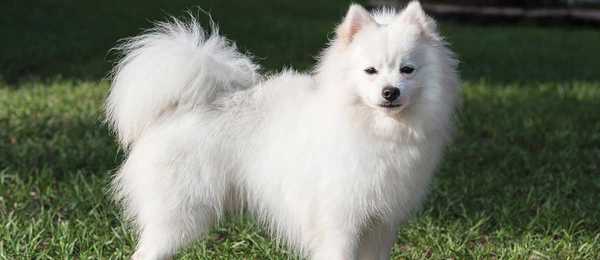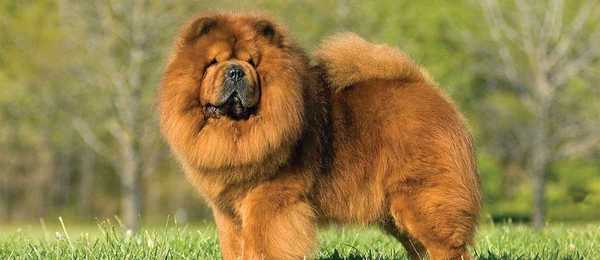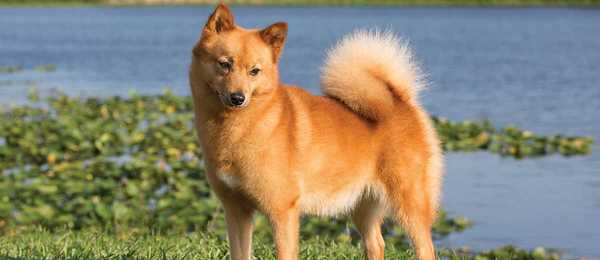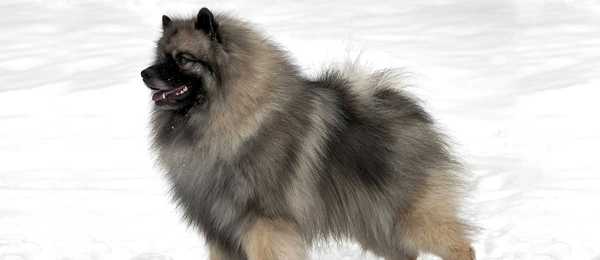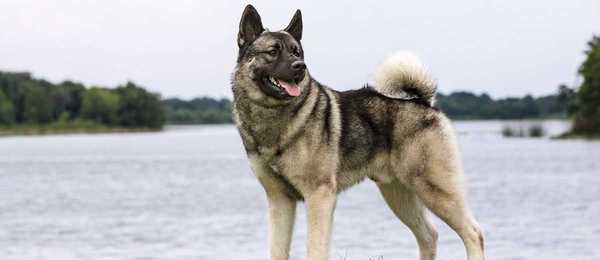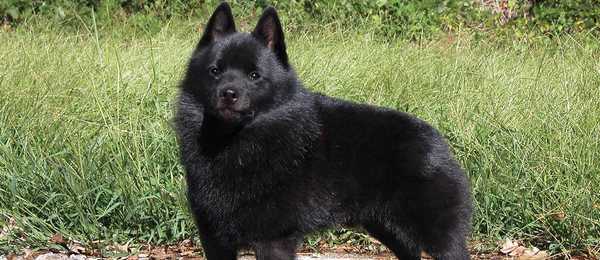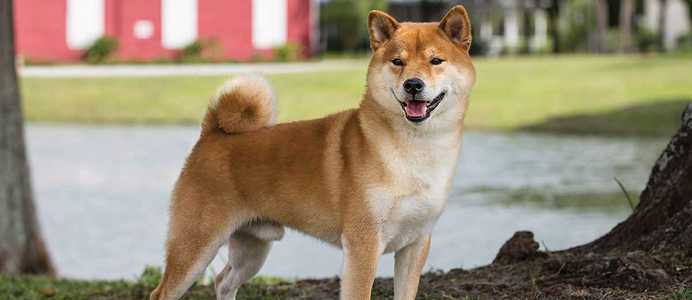
Traits and Characteristics
type
weight
height
family
The Shiba Inu is moderately compact, being slightly longer than they are tall. They have typical traits of dogs from northern heritage: small erect ears, thick fur, powerful body, and curled tail. Their expression is often bold, spirited, and good natured. Their gait is light, quick, and agile, with an effortless, smooth stride. The Shiba Inu's double coat consists of a strong straight outer coat with a soft undercoat, imparting great insulation.
Ready to see what dogs fit you best? Take our short quiz to find out!
Energy Level
Exercise Requirements
Playfulness
Affection Level
Friendliness to Dogs
Friendliness to Other Pets
Friendliness to Strangers
Watchfulness
Ease of Training
Grooming Requirements
Heat Sensitivity
Vocality
Disclaimer: While the characteristics mentioned here may frequently represent this breed, dogs are individuals whose personalities and appearances will vary. Please consult the adoption organization for details on a specific pet.
Temperament
Bold, independent, and headstrong, the Shiba Inu is brimming with self-confidence. They are lively outdoors, yet calm indoors, as long as they get daily exercise. They are a hardy breed, ready for adventure. Some tend to be headstrong and domineering. Some Shiba Inus may be alert and reserved with strangers. They can also be quite vocal; some bark a lot.
Upkeep
The Shiba needs a daily workout, either in the form of a vigorous game in the yard, a long walk, or a good run in a fenced area. Thier double coat needs brushing one or two times weekly, more when shedding.
Health
- Major concerns: patellar luxation
- Minor concerns: allergies, cataract
- Occasionally seen: CHD, distichiasis, PPM, PRA
- Suggested tests: knee, hip, eye
- Life span: 12–15 years
History
Native Japanese dogs are divided into six breeds. Of these, the smallest and probably most ancient is the Shiba Inu. In fact, one theory about the name shiba is that it simply denotes small; however, it may also mean brushwood in reference to the brilliant red brushwood trees that so closely matched the breed’s red coat. These theories have resulted in the Shiba’s being nicknamed the little brushwood dog.
The origin of the Shiba is unclear; but they are clearly of spitz heritage and may have been used as early as 300 b.c. as a hunting dog in central Japan. Three main types existed and each was named for their area of origin: the Shinshu Shiba (from the Nagano Prefecture), the Mino Shiba (from the Gifu Prefecture), and the Sanin Shiba (from the northeast mainland). After World War II, the breed was nearly lost, and it was further decimated by distemper in 1952. In an attempt to save the Shiba Inu, the different types were interbred, crossing the heavier-boned dogs from mountainous regions with the lighter-boned dogs from other regions. As a result, the Shiba survived as one breed with some variation in bone substance. Since then, Shibas have achieved a staunch following, and their popularity continues to grow.


